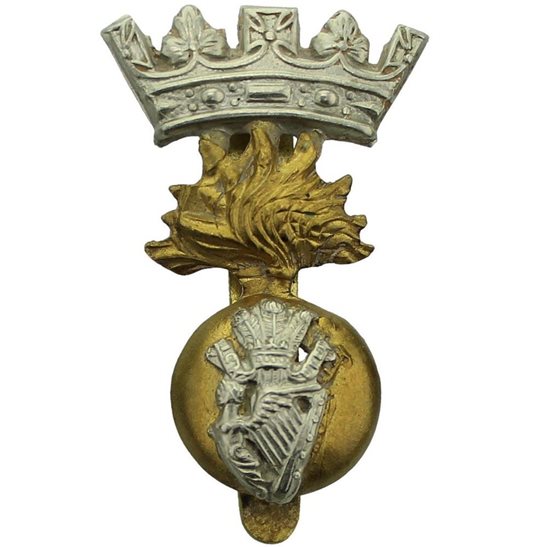Personal Details:
Born: July 1877 and baptised on 14 September 1877.
Family: The first child of Ralph Wright and Margaret Jane Burgess of Smallbrook Villa, Whitchurch, Shropshire. John married Annie Bird Berridge on 2 April 1902 and together they had 3 children – Sidney Clifford, Harry Charles and John Hursfield.
Education: In 1891 he was a boarder at St Oswalds College Ellesmere.
Residence: At the time of his enlisting in 1915, the family lived at 175 Hyde Road, West Gorton, Manchester.
Civilian Occupation: Warehouse man.
Died: We believe John died in 1936 at Withington Workhouse, Manchester aged 59
Military Details
Regiment: Royal Irish Fusiliers (previously The King’s (Liverpool Regiment))
Rank: Private
Service Number: 28605 (85123)
Date of Enlistment: 8 December 1915
Date of Discharge: 26 March 1919
Reason for Discharge: Demobilisation
Other Information: He was posted on the 9 November whilst with The King’s (Liverpool Regiment) but was later transferred to the Royal Irish Fusiliers. Whilst serving abroad John attended the military hospital on two occasions, for psoriasis and malaria.
John was awarded the Campaign Medals (British War Medal and Victory Medal).

The British War Medal (also known as 'Squeak') was a silver or bronze medal awarded to officers and men of the British and Imperial Forces who either entered a theatre of war or entered service overseas between 5th August 1914 and 11th November 1918 inclusive. This was later extended to services in Russia, Siberia and some other areas in 1919 and 1920. Approximately 6.5 million British War Medals were issued. Approximately 6.4 million of these were the silver versions of this medal. Around 110,000 of a bronze version were issued mainly to Chinese, Maltese and Indian Labour Corps. The front (obv or obverse) of the medal depicts the head of George V. The recipient's service number, rank, name and unit was impressed on the rim.
The Allied Victory Medal (also known as 'Wilfred') was issued by each of the allies. It was decided that each of the allies should each issue their own bronze victory medal with a similar design, similar equivalent wording and identical ribbon. The British medal was designed by W. McMillan. The front depicts a winged classical figure representing victory. Approximately 5.7 million victory medals were issued. Interestingly, eligibility for this medal was more restrictive and not everyone who received the British War Medal ('Squeak') also received the Victory Medal ('Wilfred'). However, in general, all recipients of 'Wilfred' also received 'Squeak' and all recipients of The 1914 Star or The 1914/1915 Star (also known as 'Pip') also received both 'Squeak' and 'Wilfred'. The recipient's service number, rank, name and unit was impressed on the rim.

